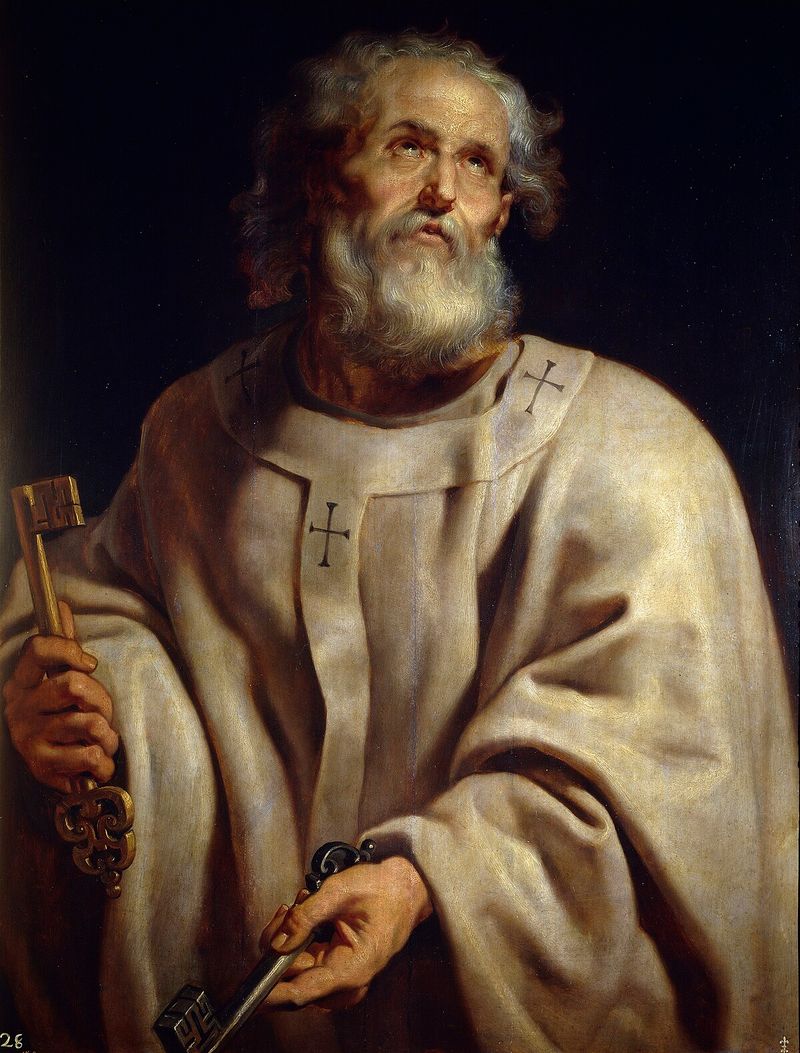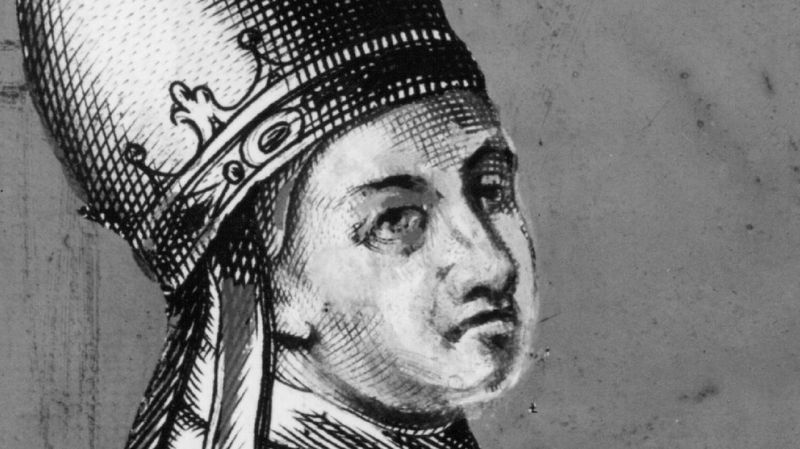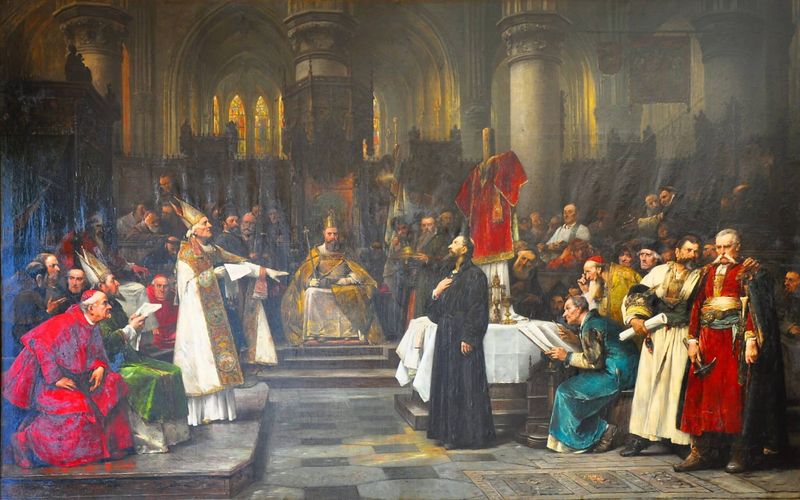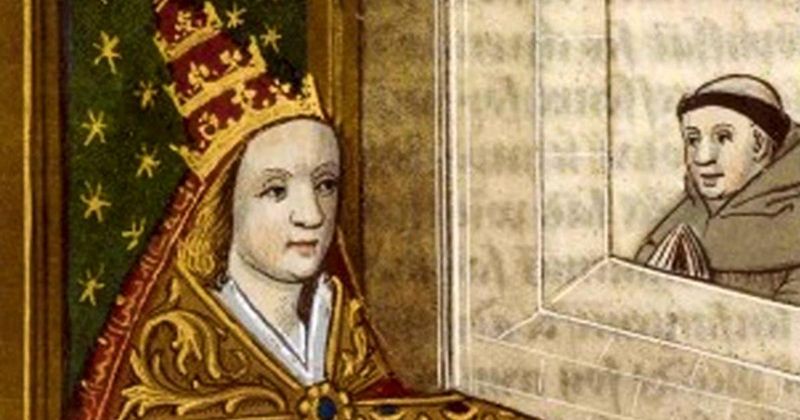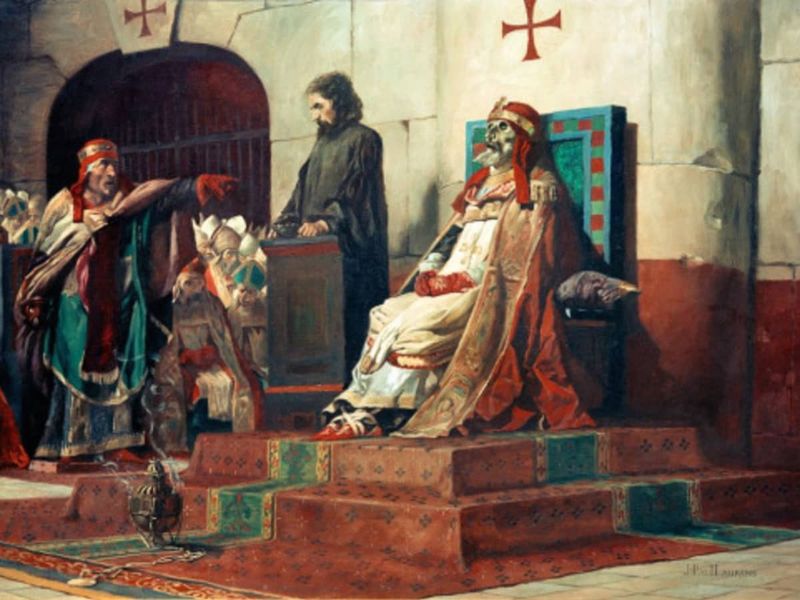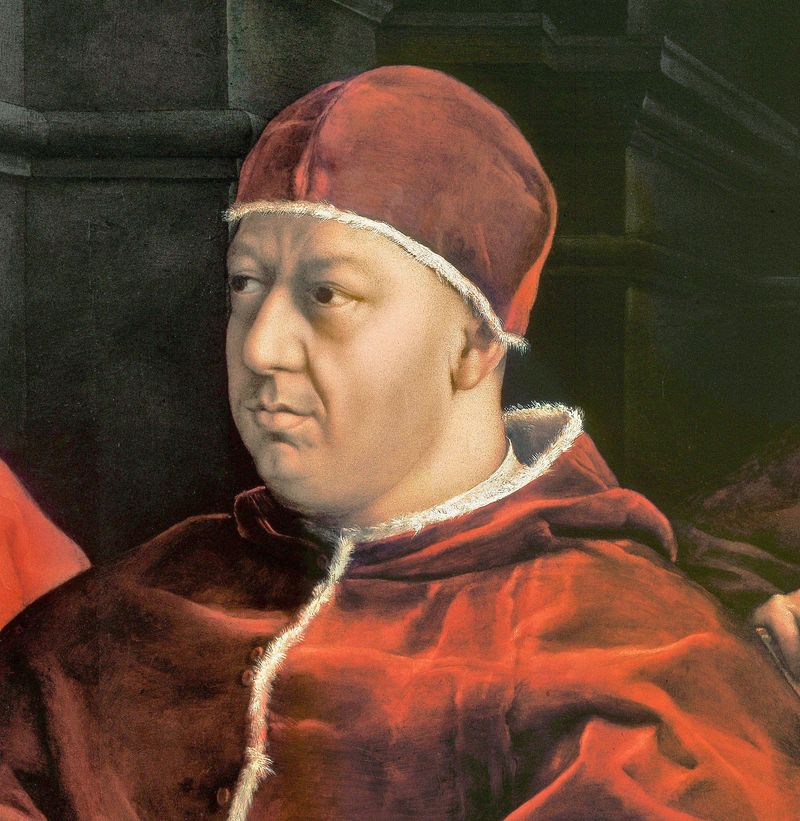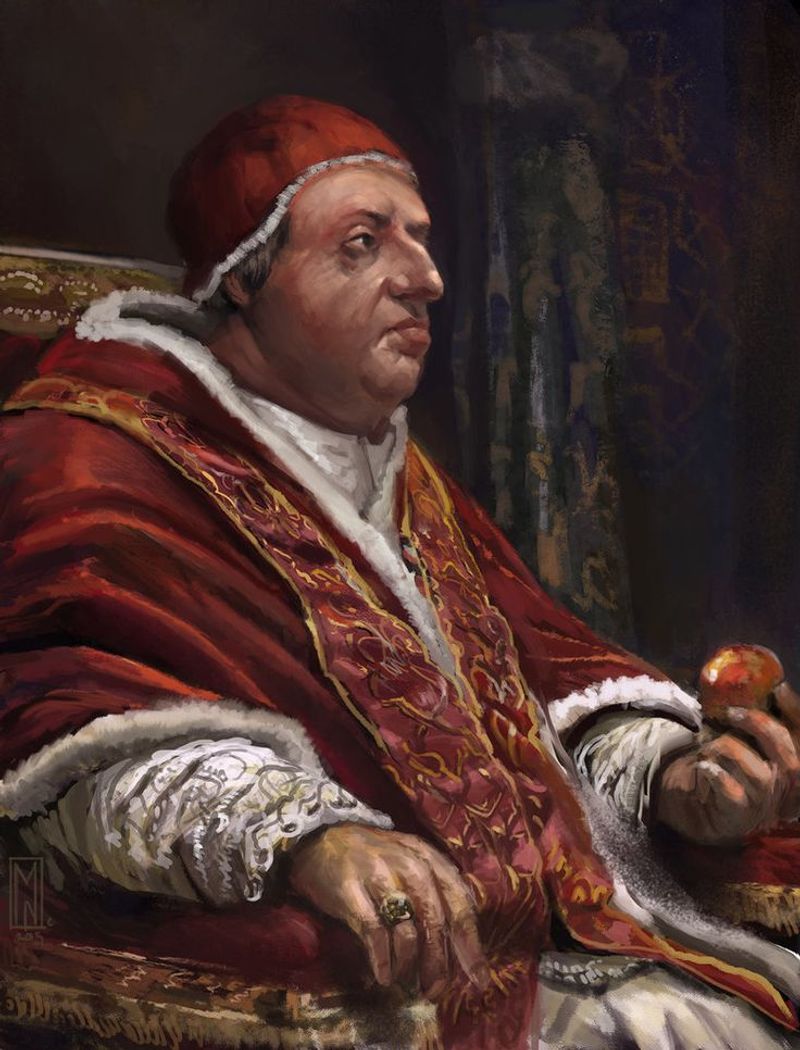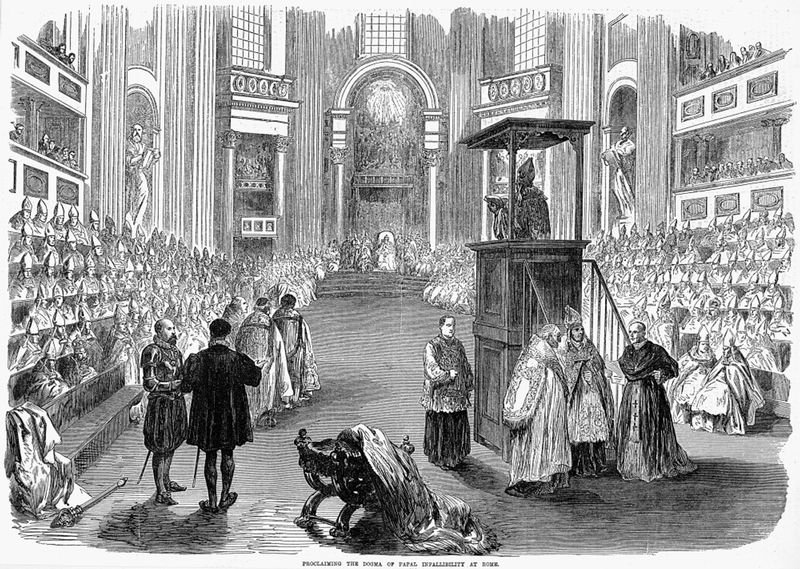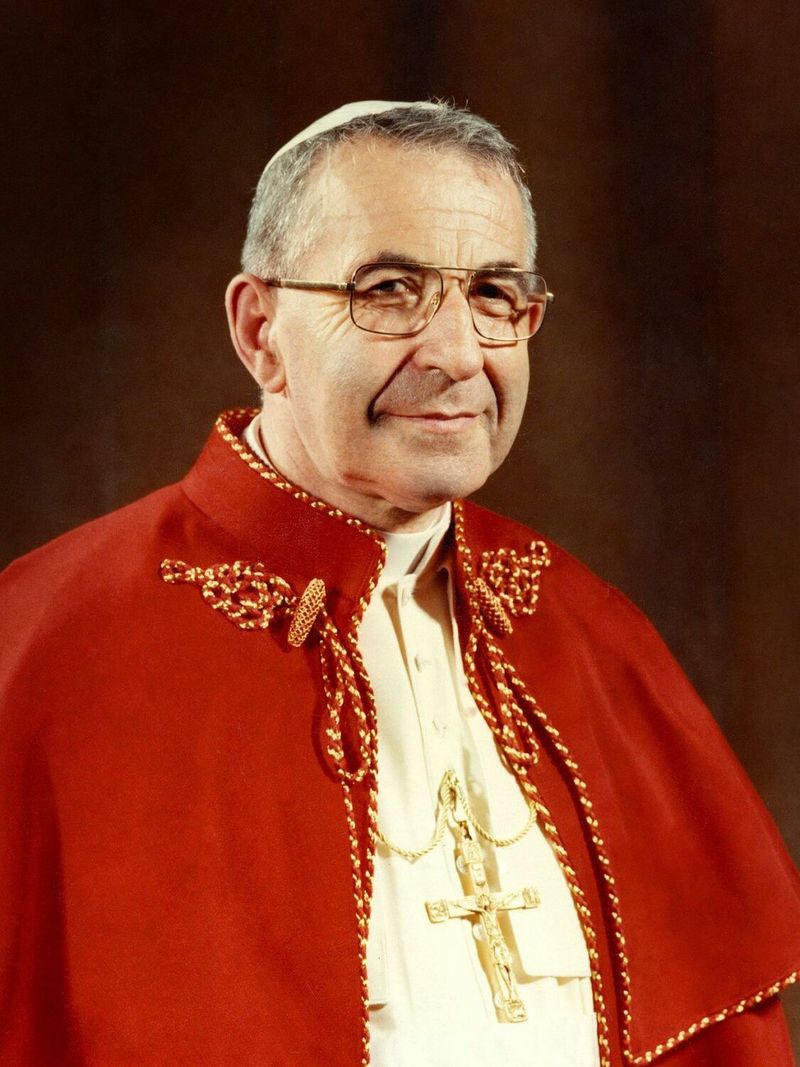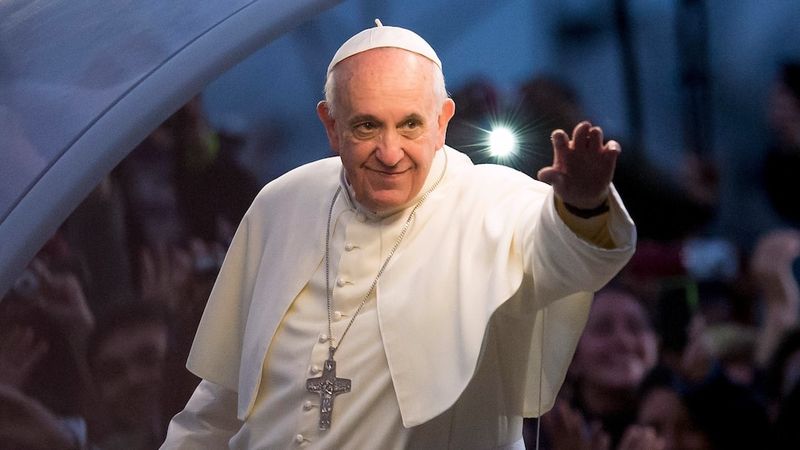Throughout history, the papacy has been shrouded in mystery, power, and intrigue. From the humble beginnings of the first pope to the modern-day controversies, the tales of popes have traversed a spectrum of sainthood and scandal.
This exploration reveals 12 fascinating and shocking truths about popes that have shaped the Catholic Church and captivated the world.
These stories demonstrate the immense influence and complex legacy of the papal office, offering a window into a world where faith meets politics, and the divine merges with the earthly.
1. The First Pope Was a Fisherman
Saint Peter, revered as the first pope, began his journey as a humble fisherman. Chosen by Jesus himself, Peter’s transformation from casting nets to shepherding souls is profound. He embraced the role with zeal, ultimately leading the early Christian community. Despite facing persecution, Peter’s faith never wavered. His martyrdom in Rome, crucified upside down, symbolizes his unwavering devotion. A legacy of leadership, humility, and faith, Peter’s story is a cornerstone of the Church’s foundation—a simple man answering a divine call.
2. There Was Once a Teenage Pope
Pope Benedict IX’s reign is one of the most peculiar in papal history. Ascending to the papacy around age 20, though some claim as young as 11, his tenure was marked by youthful indiscretion. Known for wild behavior and scandalous actions, Benedict IX’s papacy was tumultuous. Remarkably, he sold the papal position only to reclaim it later. His actions questioned the sanctity of the office, leaving a legacy of intrigue and controversy. A pope whose youthful exuberance left an indelible mark on history.
3. The “Three Popes” Crisis
The 14th-century Church faced an unprecedented crisis with three rival popes, each claiming legitimacy. Known as the Western Schism, this division nearly fractured the Church. Urban VI, Clement VII, and Alexander V each vied for the faithful’s loyalty, leading to confusion and discord. Councils failed to resolve the crisis, highlighting the fragility of papal authority. This schism, finally resolved at the Council of Constance, underscored the need for unity and reform. A tumultuous period that tested the Church’s resilience.
4. The Only Female Pope?
Legends of Pope Joan, a woman who allegedly disguised herself as a man to assume the papacy, captivated medieval Europe. Though largely dismissed by historians, her tale persists in folklore. Joan’s story reflects societal intrigue and the boundaries of gender roles within the Church. Her alleged exposure during a procession fuels the enigmatic narrative. Whether truth or myth, Pope Joan’s legend endures as a symbol of mystery and fascination, sparking debates on ecclesiastical history and gender dynamics.
5. The Pope Who Exhumed a Dead Predecessor
Pope Stephen VI’s infamous Cadaver Synod remains one of history’s most bizarre events. He exhumed and tried his predecessor, Pope Formosus, declaring him guilty posthumously. The trial, a macabre spectacle, highlighted the Church’s internal struggles and political vendettas. Stephen’s actions, driven by rivalry and power, shocked contemporaries and left a stain on papal history. This grotesque episode illustrates the extreme lengths of medieval pontifical politics and the complexity of Church leadership. A dark chapter in the papal annals.
6. Pope Leo X and the Sale of Indulgences
Pope Leo X’s papacy is marked by grandeur and controversy. To fund St. Peter’s Basilica, he sanctioned the sale of indulgences, promising remission of sins for a price. This practice, seen as exploitation, sparked Martin Luther’s Reformation. Leo’s actions exposed the Church’s vulnerabilities and the intersection of faith and finance. His papacy, a blend of opulence and opportunism, left a legacy of reform and change. The sale of indulgences remains a pivotal moment, highlighting the need for ecclesiastical introspection.
7. Pope Alexander VI: The Borgia Pope
Pope Alexander VI, born Rodrigo Borgia, is one of the most controversial popes. His papacy, rife with corruption, nepotism, and scandal, is notorious. Fathering several children and entangled in political machinations, he wielded power with cunning. Alexander VI’s reign symbolizes the moral decay of the Renaissance Church. His actions catalyzed calls for reform, shaping the Church’s future. A complex figure, whose legacy of intrigue and ambition remains a cautionary tale of the perils of unchecked authority in religious leadership.
8. Pope Pius IX Declared Popes Infallible
Pope Pius IX’s declaration of papal infallibility in 1870 marked a defining moment in church doctrine. This controversial proclamation asserts that the pope is incapable of error when defining doctrine on faith and morals. Pius IX’s assertion, made during the First Vatican Council, sought to strengthen papal authority amid a rapidly changing world. While it solidified the pope’s theological standing, it sparked debate and division. A landmark decision that continues to influence Catholic thought, shaping the modern Church’s ideological landscape.
9. Pope John Paul I Died Mysteriously
Pope John Paul I’s brief papacy lasted a mere 33 days in 1978, ending with his sudden, mysterious death. Known for his warmth and humility, his unexpected demise fueled conspiracy theories of Vatican intrigue and financial scandal cover-ups. Despite the official cause being a heart attack, rumors of foul play persist. His papacy, though short-lived, left a lasting impression of accessibility and sincere leadership. A poignant reminder of the vulnerability and mystique surrounding the papacy, captivating both believers and skeptics.
10. Pope John Paul II Was Shot—and Forgave His Attacker
In 1981, Pope John Paul II survived an assassination attempt in St. Peter’s Square, shot by Mehmet Ali Ağca. Remarkably, the pope forgave his attacker, visiting him in prison. This act of forgiveness resonated worldwide, embodying compassion and faith. John Paul II’s resilience and spiritual fortitude strengthened his influence, fostering unity and peace. His ability to forgive exemplifies the power of mercy and reconciliation, shaping his papacy with a legacy of hope. A testament to unwavering faith and human compassion.
11. Pope Benedict XVI Resigned—A Historic First in 600 Years
In 2013, Pope Benedict XVI made history by resigning, the first pope to do so in 600 years. Citing health concerns, his decision shocked the world and marked a new chapter for the papacy. Benedict XVI’s resignation highlighted the human aspect of the papal role, acknowledging the demands and challenges of modern religious leadership. His humility and courage to step down opened discussions on papal retirement and succession. A transformative moment, redefining the expectations and responsibilities of the papal office.
12. Pope Francis: The People’s Pope
Pope Francis, the first Jesuit and first from the Americas, redefined the papal image with simplicity and openness. Known for advocating social justice, climate change awareness, and interfaith dialogue, he resonates with many. His papacy bridges tradition and modernity, challenging norms while embracing inclusivity. Francis’s focus on humility and compassion has earned both praise and criticism, reflecting his transformative impact. A beacon of hope and change, he continues to inspire global conversations on faith and humanity’s shared future.

